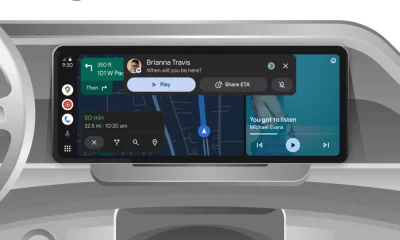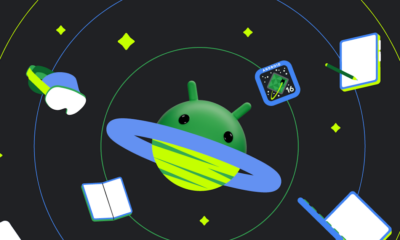Google Maps on iPhone gets a fresh look and Gemini apps get smarter with 2.0 Flash thinking

Google Maps on iPhone is getting a big update, making it simpler and more user-friendly. This change started on Android in July, and now iPhone users can enjoy it too with version 25.10.2. The app now uses a sheet-style design instead of full-screen pages for most features.
When you open the app, you’ll see rounded corners on the bottom sheets. Tap a place and slide up—the map stays visible at the top, just behind the status bar. This small peek keeps you connected to the map while exploring details. Another tweak is how you close place listings. The old back button on the left is gone. Now, there’s an ‘x’ in the right corner of the sheet, next to the share option. This makes it easier to use with one hand, similar to Apple Maps.
The directions page got a makeover, too. After tapping the floating button, the screen to type your destination stays the same. But once you pick a spot, the top shows your start and end points in a floating box. The travel mode options—like car or walking—are moved to the bottom for better reach.
Gemini Apps Get Smarter with 2.0 Flash Thinking
This week, Google renamed “Extensions” in Gemini to “apps.” These Gemini apps—like @Gmail, @GoogleDrive, and @Google Docs—are now powered by something called 2.0 Flash Thinking (experimental). Google first shared this smart tech in December, updated it in January for developers, and rolled it out last month for Gemini app users.
Today, Google said this new 2.0 Flash Thinking is boosting Gemini apps, especially for Google Workspace users with the Gemini app or Gemini Advanced. It’s unclear if regular users are included yet. This upgrade, built on the 2.0 Flash model, brings faster performance and sharper thinking skills.
It’s exciting that Google is already using this brainy tech in real products. This hints that 2.0 Flash Thinking might soon leave its “experimental” phase and be ready for developers to use in their apps. As of now, the “Gemini apps” name is live on the web, Android, and iOS.
Google Photos’ magic editor gets a save boost and Gemini Live expands to Android

Google Photos is making photo editing simpler with a fresh update to its Magic Editor. This tool now lets users save their edited pictures as new copies, keeping the originals safe. Before, changes were permanent, but now you can tweak your images—like removing unwanted objects or adjusting backgrounds—without worry.
If something goes wrong, like an edit not looking right, Magic Editor also has a quick fix option to undo mistakes easily. This update started rolling out on April 3, 2025, for both Android and iPhone users, though it might take a few weeks to reach everyone.
In other news, Google’s Gemini Live, powered by the Astra AI model, is now available on more Android devices. This feature lets you talk to your phone naturally, like chatting with a friend, to get help with tasks or answers to questions. It’s designed to understand everyday language and respond fast.
The rollout began on April 3, 2025, and is expanding to users worldwide, though some might need to wait a bit depending on their device and location. Gemini Live aims to make your phone smarter and more helpful, whether you’re asking for directions or brainstorming ideas.
Both updates show Google’s push to improve its tools with easy, practical features. Magic Editor’s save and fix options give you more control over your photos, while Gemini Live brings a friendly, voice-powered assistant to your pocket. These changes are rolling out now, so keep an eye on your device for the latest upgrades. Whether you love editing pics or need a hand with daily tasks, Google’s got something new for you to try!
Android
New Android Auto update brings games with a catch
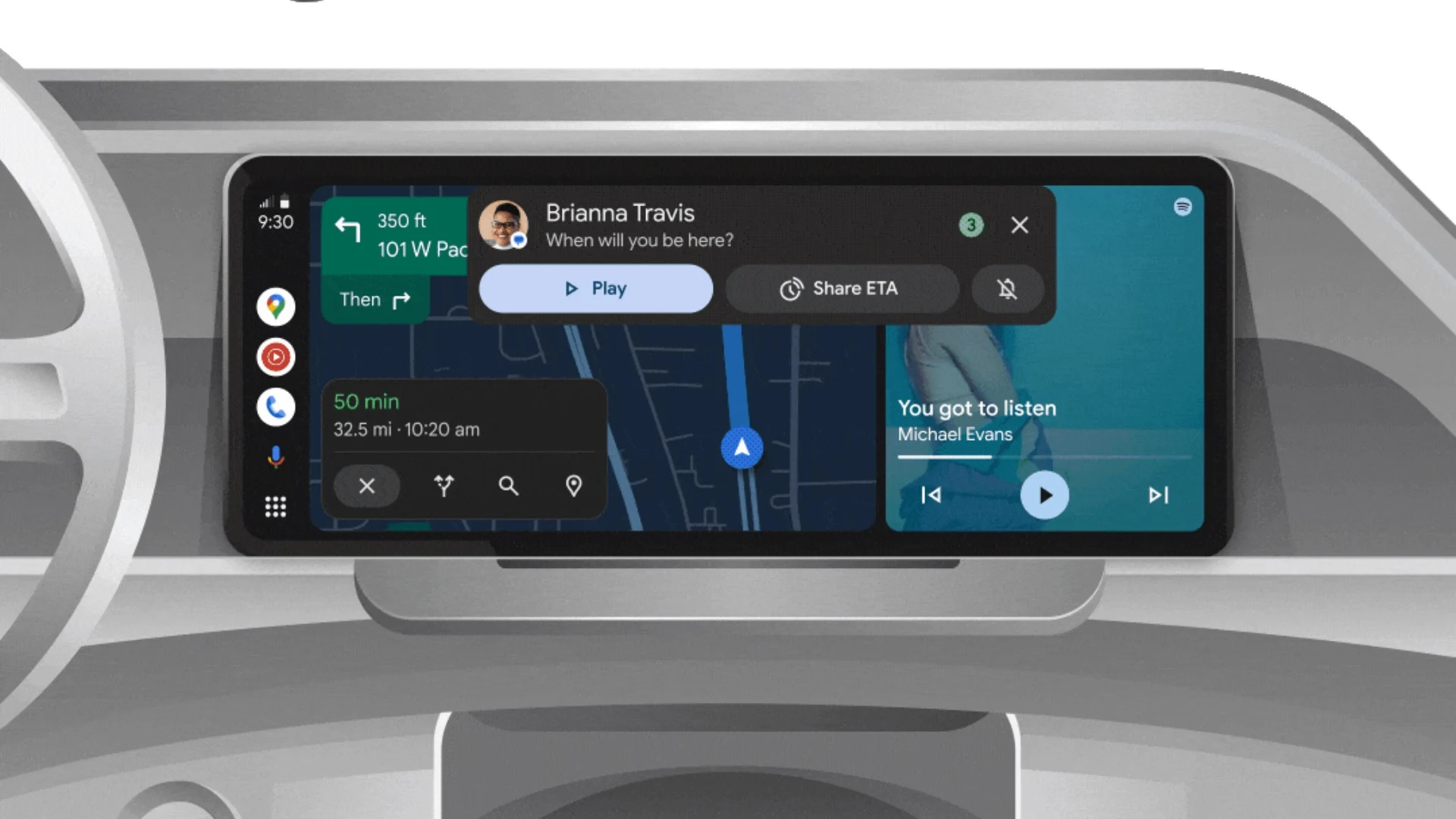
Google is rolling out a fun update for Android Auto, adding games to keep drivers entertained. This change, spotted in the latest Android Auto version (12.0), lets users play simple games right on their car’s screen. However, there’s a small twist: you’ll need to connect your phone to the car with a USB cable.
The update includes a “GameSnacks” feature, which offers quick, easy-to-play games. These are perfect for passing the time during a long wait, like at a charging station or in traffic. The games are lightweight and designed to work smoothly without needing a strong internet connection. But here’s the key detail—wireless Android Auto won’t support this. You must plug in your phone using a cable to enjoy them.
Why the cable rule? It seems Google wants to ensure a stable connection for the games to run well. Wireless setups can sometimes lag or drop, which could ruin the fun. Plus, a wired link might help save battery life on your phone while you play. For now, only a few users have this feature, as Google is testing it slowly.
This isn’t the first time Android Auto has added extras. Over the years, it’s grown from just maps and music to a full dashboard with apps and now games. Still, some might wonder if games could distract drivers. Google likely thought of that, so the feature only works when the car is parked.
If you’re excited to try this, check your Android Auto app for version 12.0. Grab a USB cable, plug in, and see if GameSnacks pops up. It’s a small addition, but it could make those boring waits a lot more fun!
Android
Android 16 brings simpler app controls
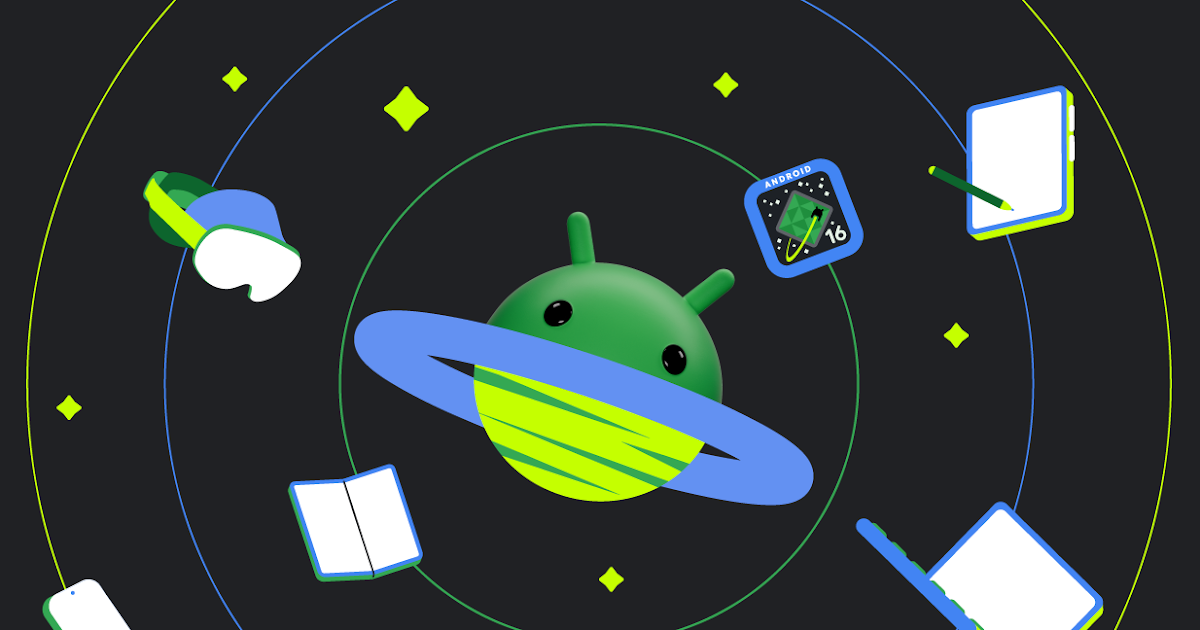
Google is working on Android 16, and it’s set to make managing apps easier than ever. A new feature spotted in the latest test version lets you tweak app settings right from the app’s info page. This means less digging through menus to change how an app works on your phone.
In the current Android setup, if you want to adjust things like permissions or notifications, you often have to jump between different screens. It’s not hard, but it can feel like a chore. With Android 16, everything you need—permissions, data use, and more—will be in one spot. For example, you could quickly turn off an app’s access to your camera or check how much battery it’s eating up, all without leaving that page.
This change comes from something called “App Settings Panels,” which Google is testing now. It’s not live for everyone yet, but it’s a sign of what’s coming. The idea is to save you time and make your phone feel smoother to use. Imagine opening an app’s info and seeing all the key options laid out simply—no extra taps needed.
There’s more good news: Android 16 might roll out sooner than usual. Some rumors say Google could drop it as early as June 2025, instead of the typical fall release. That’s because they’re speeding up how they build and test updates. Of course, this is still in the works, so the exact date could shift.
For anyone who loves keeping their phone just right, this update looks like a win. Fewer steps to control apps mean less hassle and more time enjoying your device. Keep an eye out—Android 16 could change how you handle your apps for the better!
-
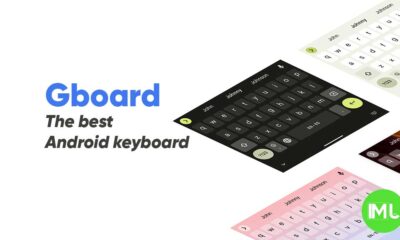
 Apps1 year ago
Apps1 year agoGboard Proofread feature will support selected text
-

 News1 year ago
News1 year agoSamsung USA crafting One UI 6.1.1
-

 News1 year ago
News1 year agoBreaking: Samsung Galaxy S22 may get Galaxy AI features
-
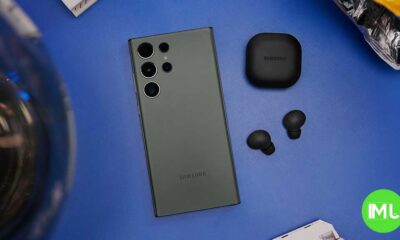
 News1 year ago
News1 year agoSamsung Galaxy S23 Ultra with One UI 6.1 and all S24 AI features revealed
-

 News1 year ago
News1 year agoOne UI 6.1 Auracast (Bluetooth LE Audio) feature coming to many Samsung phones
-

 News1 year ago
News1 year agoSatellite SOS feature coming to Google Pixel phones, evidence leaked
-
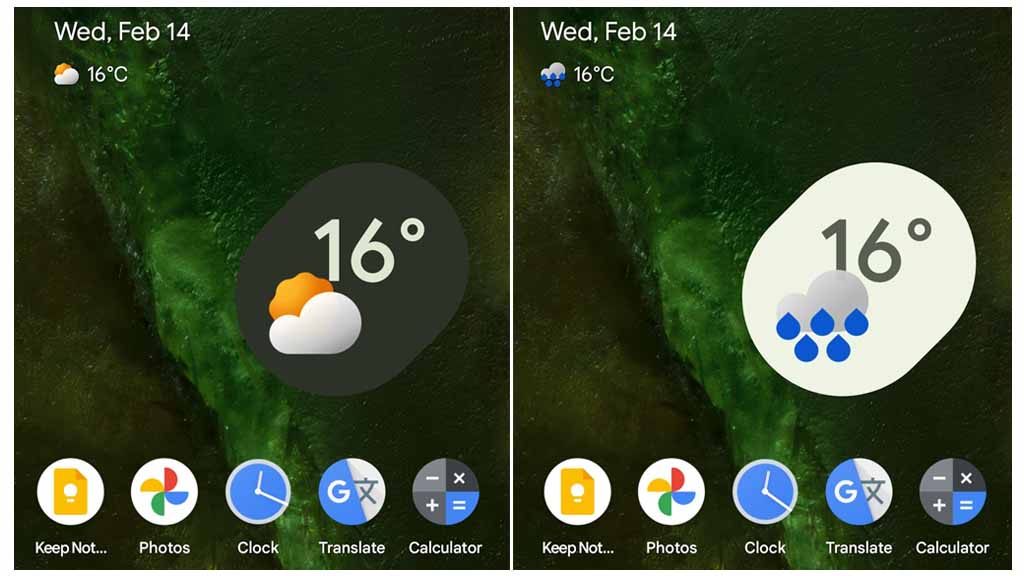
 Apps11 months ago
Apps11 months agoGoogle’s fancy new Weather app is finally available for more Android phones
-
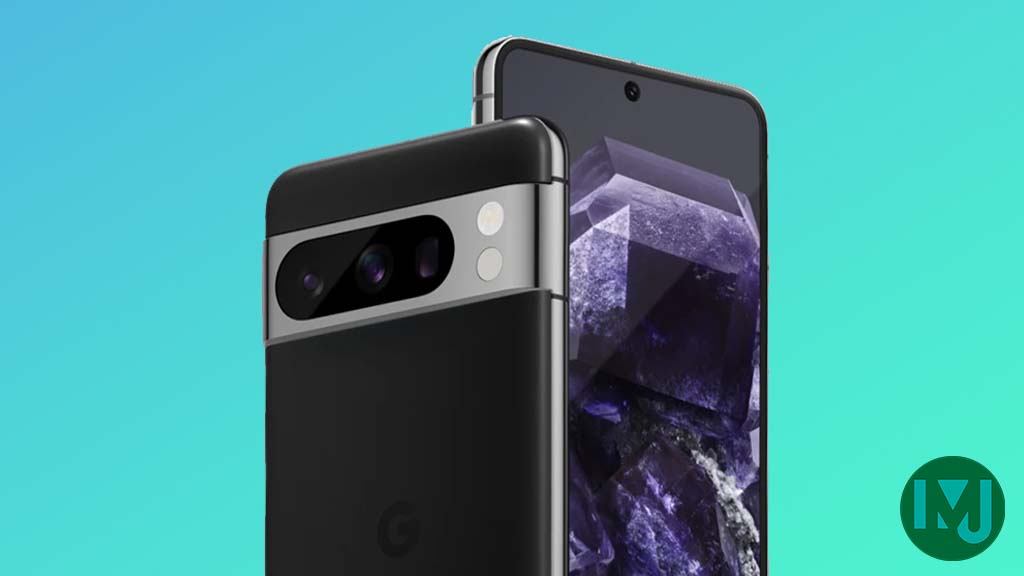
 News1 year ago
News1 year agoGoogle Pixel evolves as Europe’s third best selling flagship



